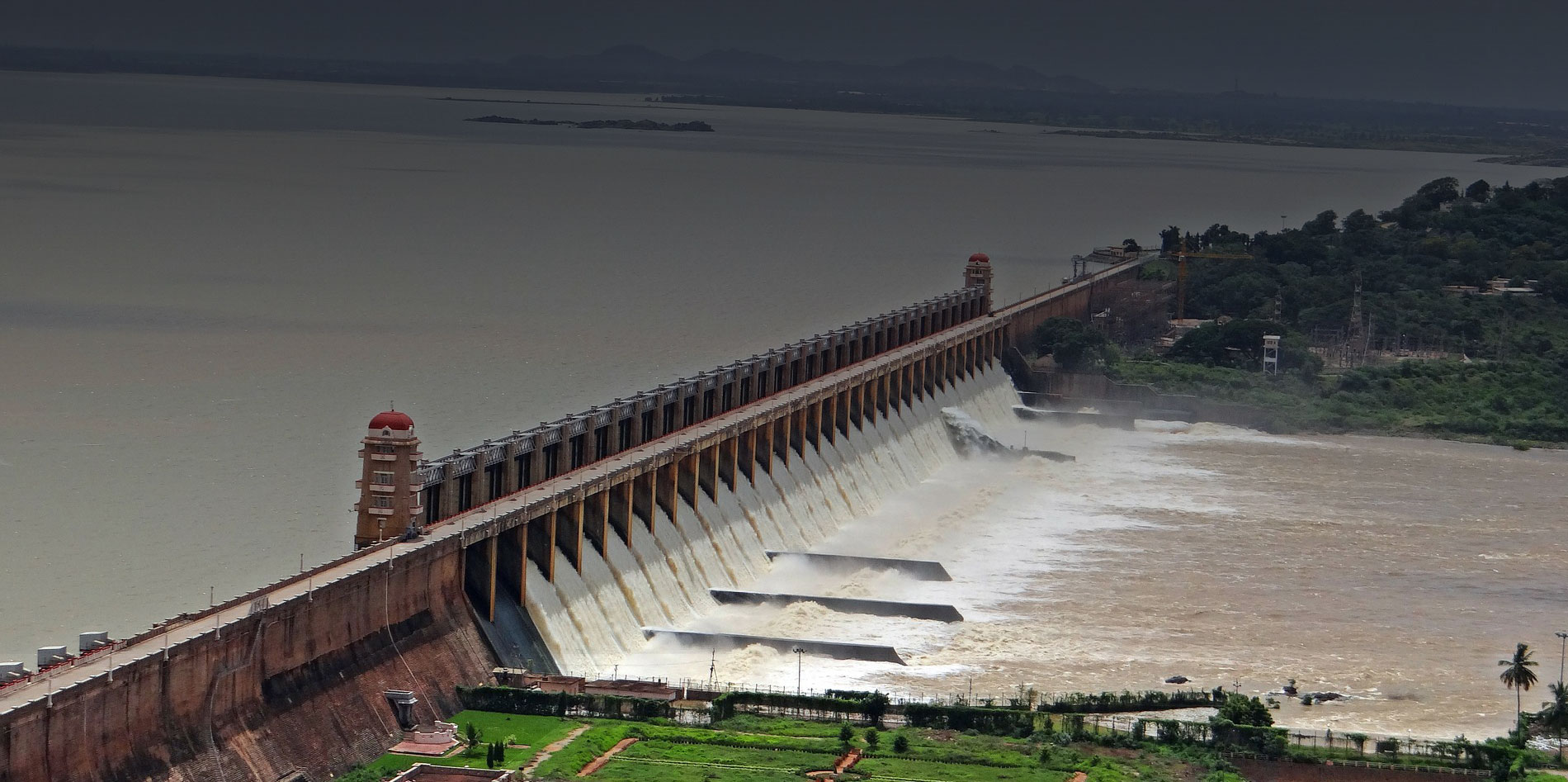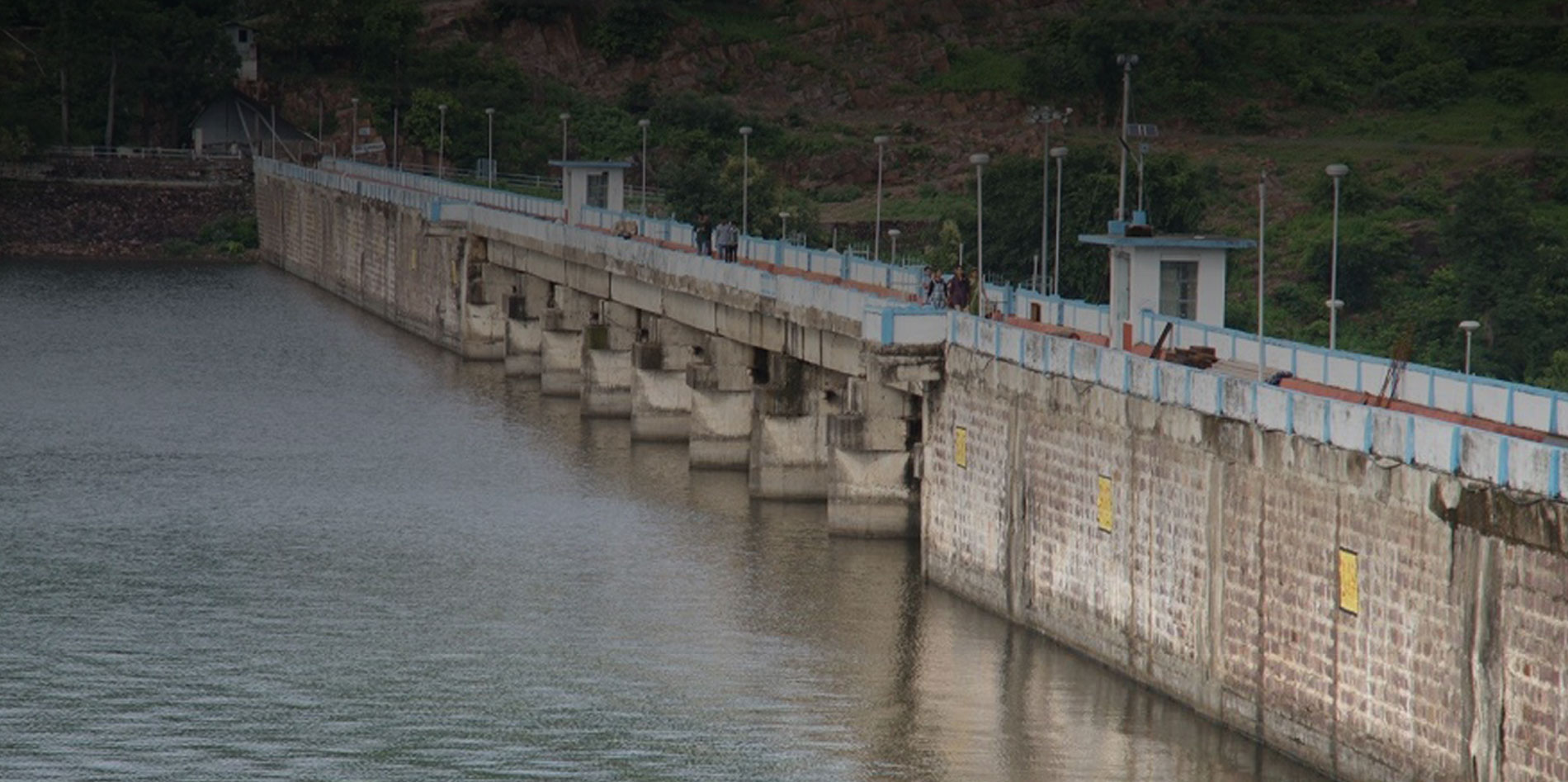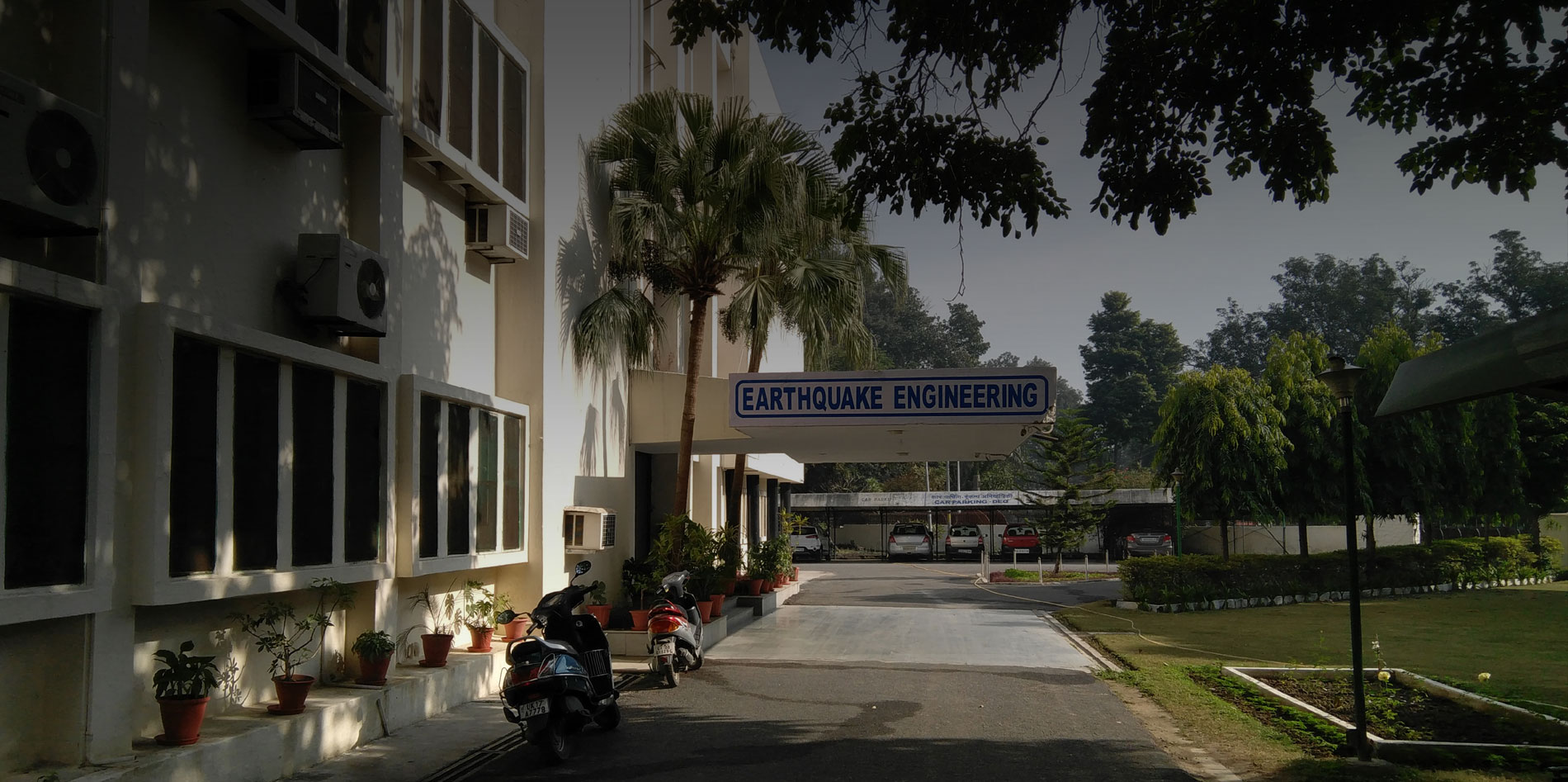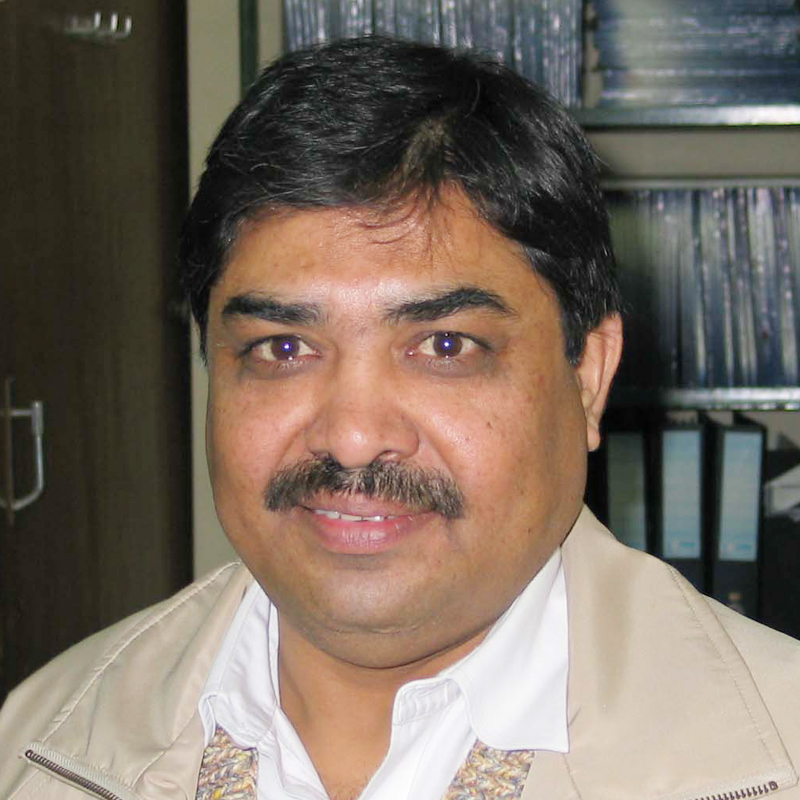About
Government of India has taken up project on Dam Rehabilitation and Improvement (DRIP) for implementation with World Bank assistance. This massive exercise is being supervised and coordinated by Central Water Commission (CWC). The project with an implementation period of six years has become effective on 18th April 2012, and is under implementation initially in four states, namely, Kerala, Madhya Pradesh, Orissa and Tamil Nadu targeting rehabilitation and improvement of 223 identified dams. These identified dams are of Water Resource Development of the States, and in case of Tamil Nadu and Kerala also of the State Electricity Boards. One of the basic inputs for rehabilitation is the seismic hazard at the site. Such seismic hazard assessment have been carried out for some of the dams which were recently constructed but for the earlier dams such exercise may have been lacking due to the earlier perception of seismic hazard in which the south Indian continent was considered as stable part of the continent.
The South Indian region considered to be lesser hazardous region from Earthquake point of view, but now has been upgraded to higher seismic zones by BIS. Prior to 1962, i.e., before the formulation of Indian Standard Code of Practice for Earthquake Resistant Design, these projects were commissioned without due regard to seismic safety. In view of continued service of these facilities, it is important to re-visit the design aspects from risk assessment point of view. It is in this regard that this project is approved by CWC to estimate seismic hazard at these sites as per prevailing practices of the National Committee for Seismic Design Parameters (NCSDP).
Features
The present website is developed to help the users to estimate the preliminary seismic hazard in terms of design spectra and alpha h and alpha v values as per the NCSDP guidelines provided by CWC. The approaches used in the present endeavour consists of Deterministic Seismic Hazard Assessment (DSHA) and Probabilistic Seismic Hazard Assessment (PSHA) approach. The intermediate steps include Seismotectonic modelling, estimation of strong ground motion in terms of spectral accelerations and finally recommending the engineering products in terms of the design values for their use in earthquake resistant designs.
The user can chose the relevant attenuation relationships to estimate the hazard parameters for various conditions i.e., MCE for DSHA and different return periods in case of PSHA for different types of site conditions in terms of site class or time averaged shear wave velocity for the site.
The design spectra is based on PGA, spectral acceleration at period 0.2 sec and 1.0 sec. For the purpose, contour maps of these values are also provided to the users through selection of relevant buttons on the panels of the screen.
The information on seismicity, geology and tectonics used in the estimations are from India Metrological Department and Geological Survey of India which is also made available to the users through different screens in the web site.




























